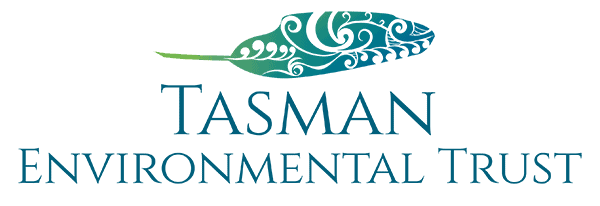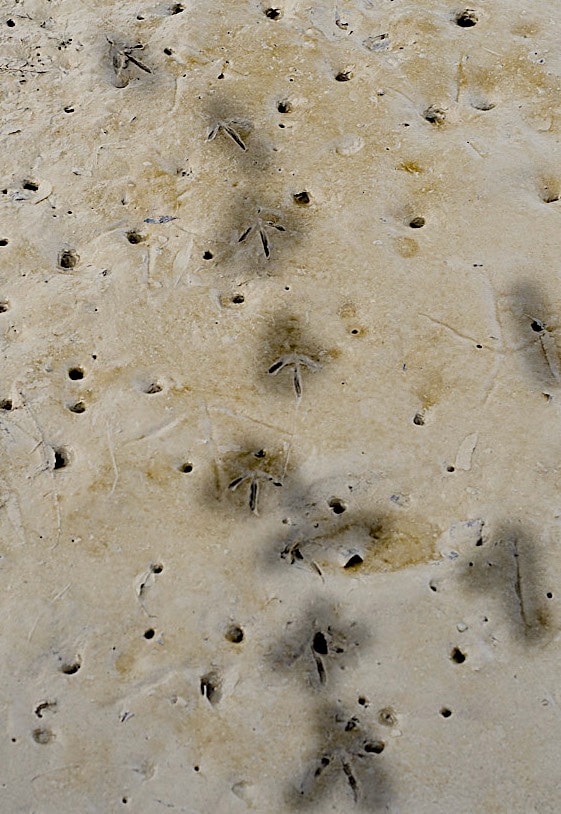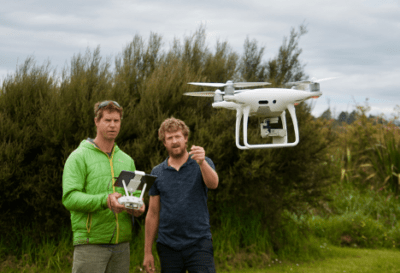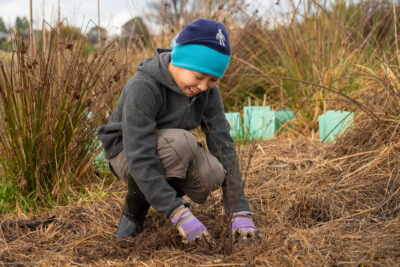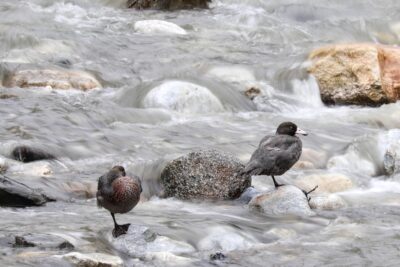Nothing’s better at firing up volunteers and funders than seeing meaningful results. When you have tangible proof that the time, energy and money invested in a project are bearing fruit, there’s a powerful incentive to keep going.
That’s why monitoring and evaluating your project’s performance to ensure it’s reaching its goals are vital.
TET is committed to giving groups the tools and resources they need to follow best practice and enhance the quality of project monitoring.
Walking the Waimeha/Waimea Inlet
Every two years, Battle for the Banded Rail field officer and citizen scientist Tracey Murray walks the entire Waimeha/Waimea Inlet with a group of volunteers. They’re looking for signs of banded rail and any clues pointing to an increase in the birds’ territory—the only way of telling if numbers have increased.
The surveys began in 2014 and the news in 2020 is encouraging; there are more banded rail signs in more areas around the estuary and they’re starting to correlate with areas that have restored habitat.
Planting and maintaining habitat are only half the picture, however. Effective pest control is also hugely important. So in spring of 2020, Battle for the Banded Rail implemented a pest monitoring programme using baited tracking tunnels to detect pest animals in the area. There was a success straight away, with one of the tunnels identifying a stoat, which was subsequently caught.
“That’s a direct outcome from being able to see what we hadn’t caught and then actually targeting it,” says Tracey. “A great result!”
The pest monitoring will take place twice-yearly in spring and autumn, with the data uploaded to trap.nz and made available nationally.
“Being quite new to the monitoring, we’ll be refining our methods and I’ll probably want to talk to other groups,” says Tracey. “There will be things we can improve, probably, as we get started with it.”
TET’s role
Tasman Environmental Trust supports Battle for the Banded Rail’s monitoring and surveying through:
- Securing funding to cover the cost of the traps and tracking tunnels, and Tracey’s time.
- Providing best practice policies and procedures, including Health & Safety documentation and adminstration.
- Specialist training for key project personnel.
Future support includes engaging a GIS mapping expert to collate information on the banded rail surveys, the habitat restored, and the types of habitat already growing naturally in the estuary. This will make correlation between habitat and the presence of birds easier and more accurate.
If you’d like help with setting up or refining an evaluation programme for your own project, get in touch for a chat.
